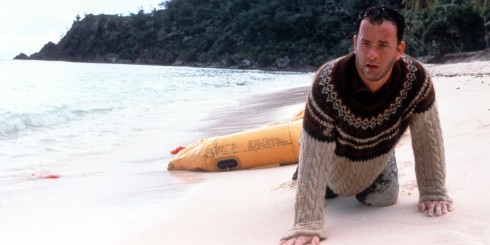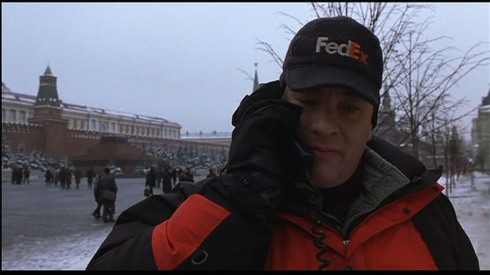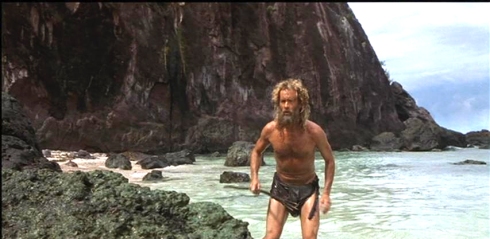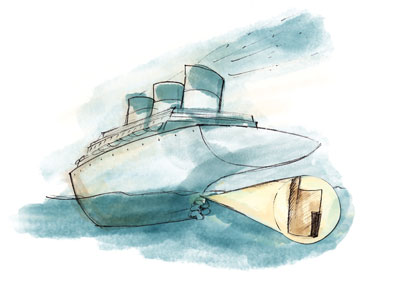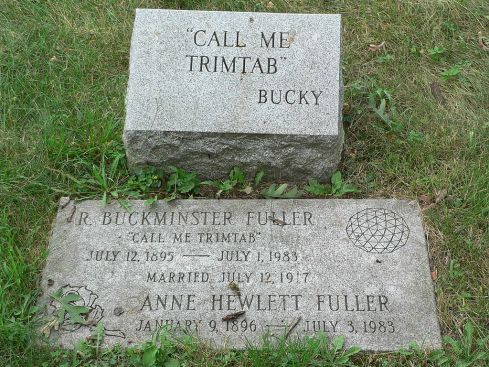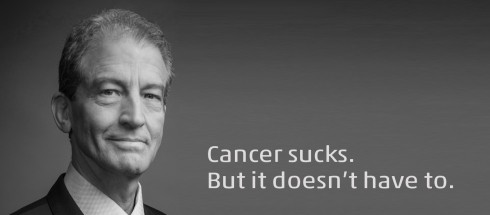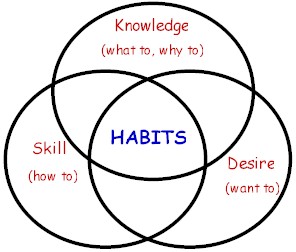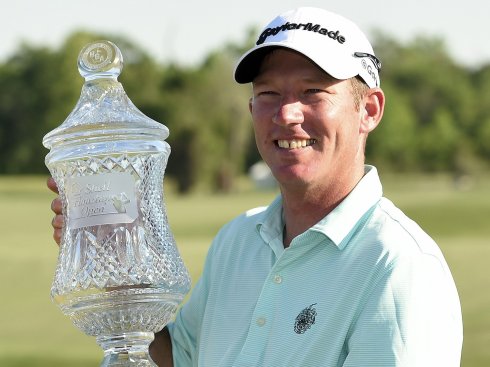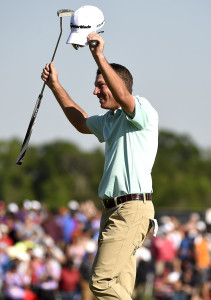I remember once coming across one of Stephen Covey’s writings and being struck by how witty (but true) it was. He wrote the following:
We are warned more and more about the threat of identity theft. However, the greater identify theft is our cultural DNA; it’s not someone taking your wallet and using your credit cards—that’s very superficial. It’s about the profound identity threat that comes from people being raised in a comparison-based culture, so they focus more on secondary greatness, to become rich and famous, rather than primary greatness, which deals with character and contribution. This switch to secondary greatness is alluring and occurs throughout cultures of the world—secondary greatness has replaced primary greatness, and, as a result, trust has deteriorated, confidence has gone down, and we’re living with its consequences, as evidenced by the global financial crisis.

I rather like the reference to “cultural DNA” and to Covey’s reference to secondary greatness. He’s capturing how we so often sell our souls for “the world”, when money, and possessions, though important, are not to what we should aspire.
Covey asks us to live, rather than being lived, to live our own life, and to focus on primary greatness. How often do we focus on external or material things – how we look, how we are socially perceived – when instead we should be focusing on character, integrity, and contribution? After all, it’s not about what we get – it’s about what we give.
He goes further with this theme…
So it’s a healthy thing to be humbled by this or any other crisis, to realize that we have to take an inside-out approach in learning to be humble, to focus on integrity and character and on making a contribution, to serve other people, and serve worthwhile causes. How is the crisis affecting you? Are you focusing your efforts on strengthening your primary greatness—your character and ability for contribution? Set a goal to make a difference for someone else at work, at home, in your neighborhood, or community. The more you focus on serving others, the more authentic you will feel; your character strength will grow, you will be build trust, and you will build your worth based on principles versus on the need to gratify our cultural values, which often center on instant gratification and becoming an enviable figure in public. This will help to prevent your identify theft and help you resist your negative cultural DNA.
Discovering your dream job involves asking yourself these basic questions over time :
(1) What do you really love to do?
(2) What do you do well?
(3) What should you do so that you tap into your true voice?
(4) What does the world need?
It is so important that people take time to reflect on their potential. Most people do not do this. They get swallowed up in other people’s definitions of them and others’ agendas. And those external agendas, tend to drive their behavior. This is the “true identity theft.” It is like a cultural DNA that lies on top of your true DNA—your true capacities and nature—and robs you of your identity.
You get so immersed in it, so absorbed by it, so habituated to it, so socially reinforced by it that you lose the sense of who you are and what you could do in life. This identity theft is very real and is going on all of the time simply because people are not reflective enough to distinguish the difference between their true DNA and the social DNA. As one person put it:
“When man found the mirror, he began to lose his soul.”
The point is, he became more concerned with his image than with his “self.” To be successful, focus on that which taps into your talent and fuels your passion—that rises out of a great need in the world that you feel drawn by conscience to meet. That is how you will discover your calling. This might not give you society’s definition of success (money, status, material things) but you will feel a deeper success that completes who you are.
“Where talents and the needs of the world cross, therein lies your vocation.”
Aristotle

